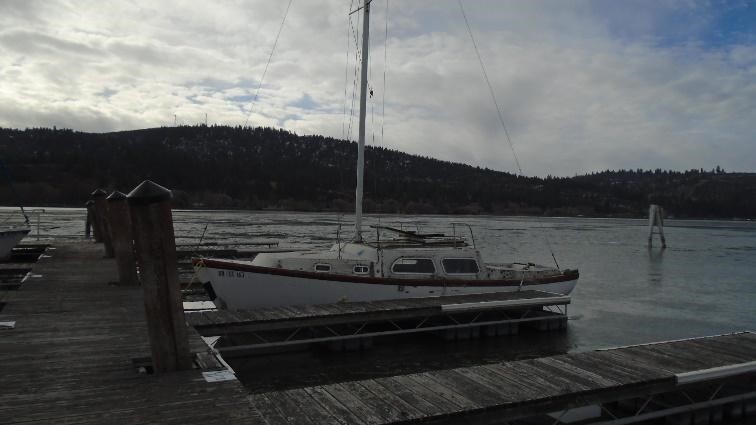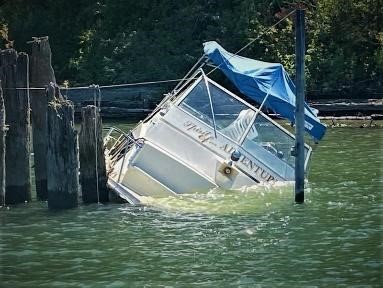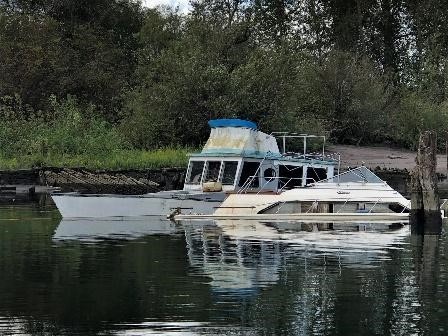Guest blog by: Dorothy Diehl, Policy Program Coordinator, Oregon State Marine Board
It usually happens slowly. It may be imperceptible at first. You’ve noticed that the sailboat in the marina you manage hasn’t renewed their tags this year, but they have always been responsible customers so you assume that they’ll attend to it soon. There’s a little algae appearing on the deck, but they will clean that off the next time they go out. By mid-summer, you haven’t seen anyone visit the boat, but they are still paying the moorage fee so you’re not too worried. Wintertime is around the corner so you call to check in. The owner finally visits the vessel and covers it with a tarp. Springtime rolls around and you send an email reminder about the expired tags. They say they have been so busy but they will get to it soon. What about their insurance policy? They tell you it lapsed but they will renew it when they start boating again regularly. They hope the motor will start after sitting for so long. By the end of the summer, you still haven’t seen the boat leave its slip for an outing. In October, the owner misses a payment for the first time. Where will this boat be in five years?

This is a common story and the all-too-common ending is that the marina ends up burdened with the responsibility for the boat. The longer it sits, the more it deteriorates, taking up valuable space and becoming a safety hazard. Eventually the marina must choose between the high cost of disposal or passing it along for free to a new owner who may soon regret committing to a high-maintenance and costly project. Despite the best of intentions, many boats with similar backstories end up as abandoned and derelict vessels (ADVs) in our coastal, estuarine, and river environments. With the help of a NOAA Marine Debris Program removal grant and partnerships with marinas in the Certified Clean Marina Program, the Oregon State Marine Board (OSMB) hopes to interrupt this common narrative.
OSMB staff observed a few trends in the vessels that tend to become problems in marinas. Expired registration decals are a major flag and evidence that a boat hasn’t moved in a while (such as mussels, algae, and other fouling on the hull or propeller) are cause for concern, as a non-seaworthy vessel is at significant risk of becoming an ADV. OSMB staff wondered if there was a better way to encourage significant changes. The OSMB doesn’t regulate the activities of marinas, but Clean Marina participants voluntarily commit to a suite of Best Management Practices (BMPs) designed to protect the environment.

Staff reached out to members of the Clean Marina program and inquired as to whether they had any abandoned vessels languishing in their facilities that they wished to get rid of and many did. OSMB solicited applications from marinas and compiled information about the vessels proposed for removal. Bids were sought from private contractors and boatyards at public ports in order to estimate the cost. Thanks to federal funding from the NOAA Marine Debris Program and state funding contributed through recreational vessel fees, staff determined that all of the vessels proposed could be removed and properly disposed of, provided that each facility officially commit to the ADV-prevention BMPs around vessel registration and enforcement, seaworthiness, and mandatory marina and/or tenant vessel insurance.

As of May 2021, the OSMB has already removed one abandoned vessel and anticipates the removal of up to 20 additional abandoned vessels from 10 Clean Marina facilities in the summer of 2021. It is our hope that through this program we can work towards putting an end to the common story of ADVs in our coastal, estuarine, and river environments.

if the boat is anchored at a dock it isn't abandoned!!!!!!!!!!!!